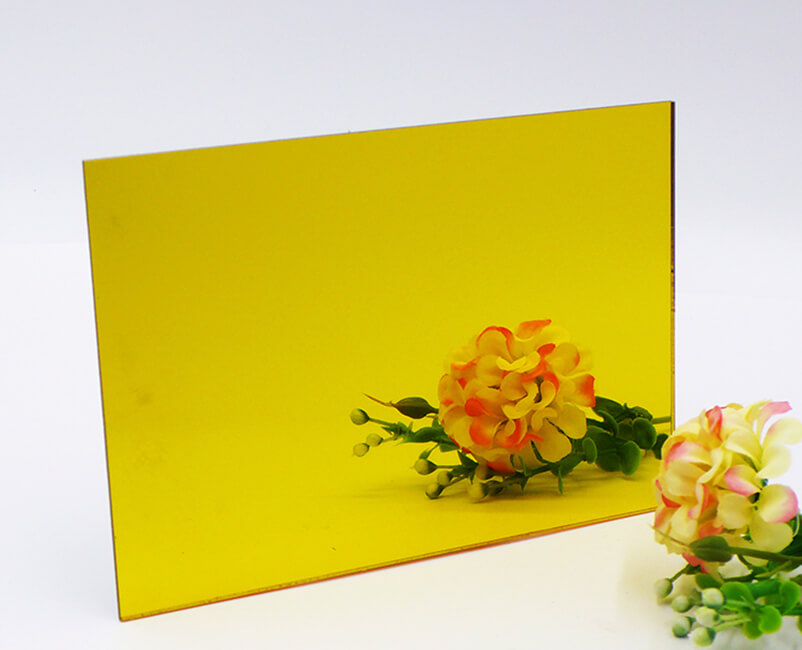The thickness of an acrylic mirror sheet significantly affects its susceptibility to warping or deformation during installation. Here’s how thickness influences these factors:
Thicker acrylic mirror sheets (typically 5mm or more) have greater structural integrity and rigidity. This increased thickness makes them more resistant to bending, warping, or deformation when installed. They can better withstand the stresses of handling, mounting, and environmental conditions without losing their shape.
Thinner sheets (such as those under 3mm) are more flexible and less rigid. This flexibility can make them more prone to warping, especially if not properly supported during installation. Even minor imperfections in the mounting surface or uneven pressure can cause a thin sheet to deform.
Acrylic expands and contracts with temperature changes. Thicker sheets are less likely to show noticeable warping due to thermal expansion because their rigidity helps distribute any expansion or contraction forces more evenly. Thinner sheets, on the other hand, can warp more easily with temperature fluctuations, especially if they are constrained or not allowed to move freely.
While acrylic is generally resistant to moisture, environmental humidity can still impact thinner sheets, particularly if they are not installed properly. Thicker sheets are less susceptible to changes in environmental conditions, which can help prevent warping in areas with varying humidity levels.
Thicker acrylic mirror sheets require less intensive support compared to thinner sheets because their rigidity helps them maintain a flat surface without bending. Thinner sheets, however, need more comprehensive support, such as a perfectly flat and rigid backing, to prevent warping during and after installation.

Thicker sheets are more forgiving when it comes to uneven mounting pressure or adhesive application. They are less likely to deform under slight inconsistencies in mounting because their thickness provides more resistance to pressure. Thinner sheets are more sensitive to these factors and can warp if not mounted with uniform pressure.
Thicker sheets are easier to handle without causing accidental bending or warping. Their added weight and rigidity make them more stable during installation. Thinner sheets, being lighter and more flexible, require more careful handling to avoid introducing stress or bending that could lead to warping.
Thicker sheets tend to handle thermal expansion and contraction better because their mass helps dissipate thermal stresses more evenly. Thinner sheets might warp more noticeably with changes in temperature, particularly if the installation doesn’t allow for some movement to accommodate these changes.
The reflective quality and flatness of a thicker acrylic mirror sheet are generally more consistent because the material is less prone to flexing or bowing. Thinner sheets may show slight distortions in the reflection if they warp, which can affect their visual performance and aesthetic appeal.
The thickness of an acrylic mirror sheet plays a crucial role in its ability to resist warping or deformation during installation. Thicker sheets are more rigid, providing better resistance to environmental factors, uneven mounting, and handling stresses. In contrast, thinner sheets are more prone to warping and require more careful installation and support. Therefore, selecting the appropriate thickness based on the application and installation environment is key to ensuring the durability and performance of the acrylic mirror sheet.
 English
English 中文
中文 Español
Español


